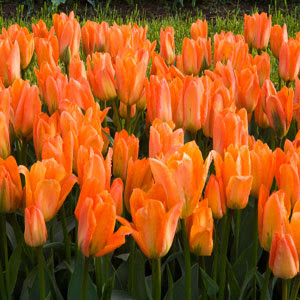Wednesday, July 20, 2011
The Tulip First Economic Bubble
In the early 1600s, tulip mania hit Holland hard. The elegant and exotic flower, which had recently arrived to the tiny European nation via trade routes from the Ottoman Empire, was so prized by the aristocracy that the demand for the rare bulb caused prices to skyrocket.
By 1636, the tulip was being traded as a commodity on several Dutch stock exchanges, leading to widespread market speculation [source: Investopedia]. People spent exorbitant sums to get their hands on a bouquet of tulips in order to "flip" them to an even bigger sucker. Then one day, without explanation, the pool of suckers suddenly dried up. Mass panic ensued and prices fell through the floor as people became more and more desperate to sell [source: Frankel].
The Dutch tulip craze is one of the earliest recorded examples of an economic bubble. A bubble is created when any asset -- be it tulips, homes or Internet startups -- is allowed to irrationally and unsustainably increase in value [source: Cronin].
Subscribe to:
Post Comments (Atom)

No comments:
Post a Comment